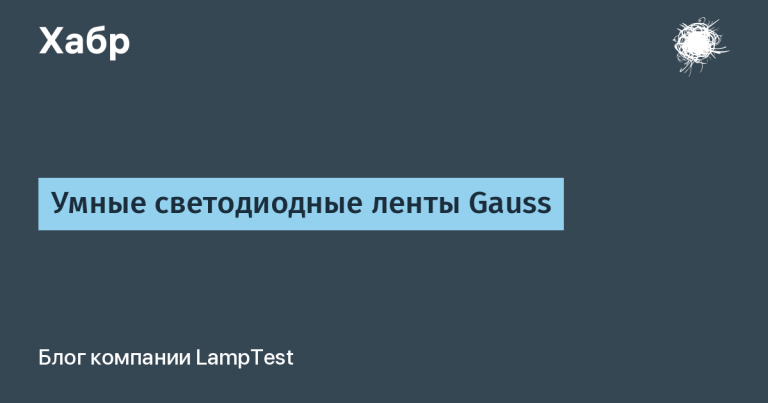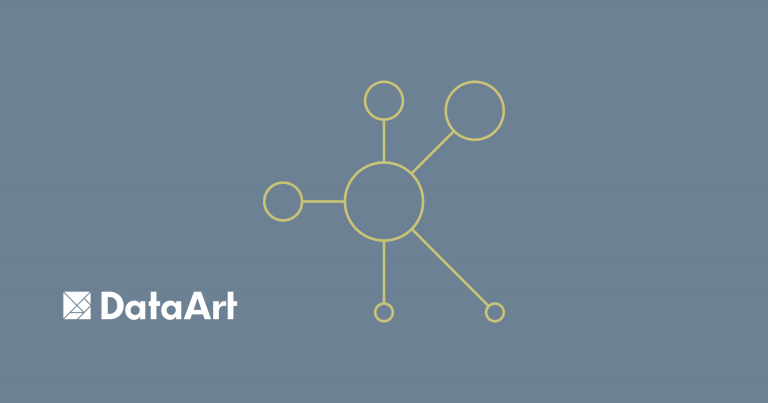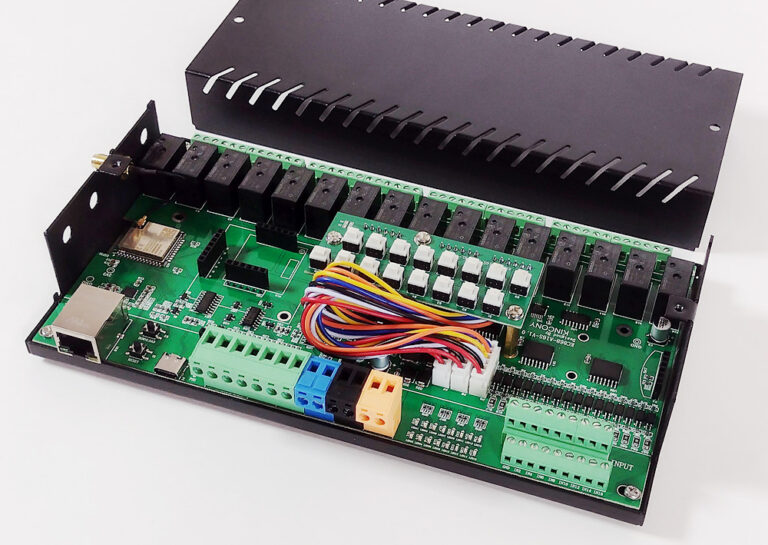The basics of meditation, or how to learn to do nothing profitably
With remote work, it’s even easier to reload yourself – you don’t have to go anywhere, no one calls for coffee, and the list of options to relax “outside” has been reduced.
There is only talk online about how to work efficiently and maintain a balance with relaxation, but it’s much easier to turn on YouTube, to eat something sweet. An hour later, I get tired even more: “What the hell, I wanted to watch a useful video, but watch how UAZ wraps around a pole” ?!
I work as a game designer in EPAM and often process it: I fit into several projects at once, do a home project and write this article. It happens that the number of tasks the head begins to spin when the transfer of cases takes longer than their solution. To stay positive, YouTube with sugar is not enough, and you need something more powerful.
In this article, I will explain why meditation is the best remedy for stress and overload.
Why is stress
The main cause of stress is the illusion that you need to constantly do something and run somewhere.
Even a simple break can cause a feeling of guilt from supposedly doing nothing when a lot of things are waiting for a decision.
In meditation you need to do nothing at all, not to plan, not to think, and this looks like a crime against time.
As a child, I had no problems with this – I could sit on a bench for several hours and “stick” on how the grass grows, it was interesting, and I was happy how much everything was going on, and had no idea that it was akin to meditation .
But with age it seems that the more you think, the more you work, the smarter, richer and more famous you will be. Then multitasking and a feeling of lack of time come, the desire to shove more and more things into a unit of time.
Can such feelings be called pleasant? It is unlikely, therefore, that people begin to search for a solution, giving rise to a demand for “meditation experience.”
For this case, there is a whole industry of meditation, which just teaches you how to drown out stress, fall asleep in time to the sounds of nature or fairy tales. To this area big money pouring in.
But isn’t this what everyone should be able to do at any moment ?!
Learning to meditate is easier than it sounds.
Let’s try to meditate right now.
Put your palm in front of you and find on it a point on the skin from which you can not take your eyes off for 60 seconds. Keeping your eyes fixed means stopping even the smallest eye movements! Think at this moment about how the body relaxes and gets heavier. Keep your back straight and keep your eyes clear.
If you are stuck – Congratulations, you are close to meditation, your attention has ceased to be distracted by other thoughts.
If you are distracted and started thinking about plans for the evening – it’s even better. Now you see how the mind is disobedient and does not obey you 100%.
Keep focusing on your palm every time you get distracted.
If you draw a graph of attention, you get meditation camomile: in the center, she has the object of meditation – the palm, and the petals – this is how far and for how long you have been distracted. In a meditation chamomile, the petals decrease over time, because you begin to recall the object of meditation earlier and less likely to be distracted.

The moment when attention does not switch, and is called meditation, is an ease from childhood, when there is nothing to worry about. Allow yourself to rest in this state.
This does not mean that things will evaporate. Just to make them out of a pacified state is more pleasant.
The more things become more pleasant, the more pleasant life in general.
If the thought does not rest, switch your attention through meditation so that the problem ceases to be important, and then solve it with a calm head.
Why meditation nullifies stress
There is an excellent Lifext article in which there is a ton of evidence about the benefits of meditation. Let us look for interest in attention research as well.
So, in meditation, all the attention is occupied by the object, and the rest of the thoughts weaken without support: stressful thoughts dissolve, and attention gradually collapses into the object.
Why is this happening, and are there any scientific reasons?
The effect of diminishing attention from monotonous actions is known to science. It is called decrement of vigilance (Vigilance decrement)
Classics of psychology S.L. Rubinstein, G. Helmholtz, and their experiments confirm the appearance of the effect during the long implementation of monotonous tasks, for example, attention decreased during long observation of the clock hands, which sometimes made a double jump, the subjects often did not notice it.
You can notice a similarity between a decrease in alertness of attention and a decrease in the sensitivity of other senses with monotonous effects. For example, clothes cease to be felt after some time, and a piece of sugar loses its sweetness if it is not moved along the tongue. It turns out that the brain also loses sensitivity without a new “food” in the form of thoughts and sensations.
The brain, as an object of the class “organ”, inherits the same properties as the rest of the senses. Its difference is that it not only “eats” thoughts, like a language in the case of sugar, but also produces them, creating a semblance of recursion. Because of this, it can be difficult to fall asleep: the stream of thoughts does not subside, and then meditation with the count of sheep comes to the rescue.
Meditation allows you to break the cycle of unpleasant thoughts, switch, uses the science-confirmed effect of the decrement of vigilance.
Is it possible to prevent the very cause of stress?
Meditation nullifies stress perfectly. But will you meditate every time something happens not according to plan? Here I am.
On this, the story about meditation could be completed, but the effect of the decrement of vigilance has another feature, seen D. Broadbent, – not so much attention is reduced, how much is his resistance to respond.
Meditation and the decrement of vigilance increase the resistance to respond to new stress.
For example, someone was rude – a person trained in meditation is more likely to see a “window” with a choice: be rude in response or wish health and longevity.
The point is not what exactly to choose, but that there is a choice, otherwise a person ignites like a match for any stimulus.
Either you choose, or the choice will be made by your boss or seller at the checkout.
The skill to notice is called mindfulness and pumped through meditation. In meditation, you notice that you are distracted and return to the object. It is the same in life: if you notice that now you will be carried in the wrong direction, then half the job is done. It remains only to make the right choice.
Observe if you can notice and deliberately reverse the train of thought if something goes wrong. If you often regret actions in a hurry, then you should think about increasing awareness through meditation.
Types of meditation
Few people can enter meditation at the click of a finger. Therefore, most meditations begin with auxiliary crutches. For example, counting the number of exhalations, scanning the body, staring at the palm of the hand – this is not meditation, but attunement to it. It is needed in order to reach a state of meditation, when the mind is no longer distracted.
Over time, you will be able to go into meditation without a long setup.
When the state of meditation is reached (this is called Dhyana in Sanskrit), it’s time to decide what to do next.
Meditations come with different goals and objects of meditation.
If you want to regain strength and develop awareness – look towards simple objects that do not spend attention on their maintenance, such as breathing.
The original technique with an object on the breath is called Anapanasati, and this is the technique that Sidhartha Gautama Sakyamuni used to become a Buddha, according to legend. This is Buddhist meditation with strict observance of stages and techniques, which is characteristic of Buddhism in general.
Breathing is the most universal object for meditation, because it happens automatically. At the same time, beginners have difficulties with this technique: it is not so easy to capture its shades in different parts of the body and still not affect its natural course.
Although in its pure form Anapanasati of the 16 stages is practiced mainly by monks, the first four are quite accessible to everyone and give a steady concentration.
My teacher is short About Anapanasati Practice.
If you want to experience pleasant emotions or ease fearlook to the side mantra – Specially designed sound sequences. This kind of meditation is called Japa.
For example, the AUM mantra consists only of the basic sounds A, U and M, from which all the others are obtained using the language, just like all colors can be obtained by mixing red, green and blue. The master lays the logic in the sound and rhythm, so you should use the original sound without translation into Russian or English.
In Japa meditation, the object is a mantra, its sound and meaning. The meditative state is achieved by monotonous repetition, and the weakening of fear comes from switching attention to the mantra and thinking about the meaning of the mantra, in comparison with which fear will seem like a mere trifle.
Pay attention to the difference between musical mantra and rhythmic singing of the same mantra specially trained person. Music is aesthetics, Mantra is a “can opener” for opening the mind (from Sanskrit: Man – mind Tra – tool).
If you want to work with beliefs – such meditations should end with visualization. Psychologists and coaches are especially fond of eliminating “toxic” beliefs: “I can’t do it”, “I’m already old for this”, “you can’t easily catch a fish from a pond”, etc.
You can eliminate the unnecessary, or you can instill the right: the mind gets used to what is observed in the visualization, and this begins to seem quite ordinary in real life, simplifies the onset of what was observed.
If you need to find a solution to a complex logical problem – Such meditations should end with a careful observation of the coming decision options. Such meditations are suitable for those who think a lot logically and creatively: programmers, designers, architects and others.
What is important to know about meditation:
• The main enemy of meditation is the guilt of spending time on “doing nothing”. Therefore, pre-allocate time for her. Decide for yourself that this time will be spent to improve everything that happens in a day. “Important” thoughts about work and leisure can wait.
• It may seem incredibly difficult to focus on the subject: to look at one point for a long time or to feel breathing on the tip of the nose. But this is the process. Just bring attention back to the object.
• Do not try to achieve meditation too much, do not expect special sensations or “special effects”. The more you wait for something, the more difficult it is to come, because expectation is the thought that came from the back door.
• It was easier for me to start with guided meditations – when the voice leads and says what needs to be done.
• Better meditation is 5 minutes every day than an entire hour once a week.
• One simple meditation that can be done at any time is better than 7 different meditations for different occasions.
• Start small: 3-5 minutes a day will be enough to start.
• Meditation is not a dream or a trance – the mind is confined to a monotonous object in order to renew the “taste buds” and feel clarity. But if you fall asleep – that’s okay.
• Due to the fact that in meditation comes lightness, which many have not experienced for years, tears can go. This is normal, especially for brutal people who were told that you can’t cry. Treat this as a psycho-emotional discharge.
• Meditation is not suitable for the treatment of clinical diseases such as depression, but can prevent their onset, because it reduces stress and promotes emotional discharge.
How to deal with esotericism
If you ask a person if he is meditating, then the moment will probably be awkward: will they think that I’m in a sect, I conduct rituals with candles, incense sticks and other esoterics for “raising vibrations”. Therefore, many meditation applications try to disown as much as possible from everything that has at least a hint of esotericism and “overdries” meditation too much.
Artistic descriptions of the effects of meditation are quite logical:
“In meditation you can feel levitation” – it sounds fantastic. But if you sit for 30-40 minutes, then the body is really numb, and nothing will be felt below the neck. This unusual feeling is not surprising that it received a colorful description.
“In meditation you can observe an aura” – try to look at one point for a very long time without taking your eyes. Gradually, the boundaries of bright and not bright objects “print” on the retina and create an aura effect.
“You can see special effects in meditation.” – if you hold the brain for a long time and confidently on the object with your eyes closed, then it will magically begin to draw circles and spots itself, apparently from hopelessness.
Unfortunately, if you thoughtlessly cut out ALL esotericism, then under the knife will go mantras in Sanskrit and mandalas, which could be replaced by mantras in Russian and a boring point for meditation. At the same time, not only part of the essence will be lost, but also the charm of the process.
Esoterics in some cases protects the hidden meaning, in others it advertises superpowers. Somewhere it doesn’t exist at all, somewhere it is “terry”. But definitely, a lot of time and effort has been spent on creating meditation tools. Therefore, take esotericism calmly and judiciously: take what works for you personally.
If the tool works for you, then use it, despite the fact that others think about it.
findings
• Meditation is like a lubricant: it becomes difficult for stress to stick to you. The more “slippery”, transparent and flexible a person is, the less situations catch him. And vice versa – if it is conservative and inflexible, then the simplest aspects of life will be a huge problem.
• Meditation is a simple idleness, but due to the fact that a person has forgotten how to be motionless, it requires whole techniques and “crutches” with keeping attention on the object. Understanding how the decrement of alertness works will help you achieve a state of meditation, regardless of methodology.
• Meditation is not a cure for everything in the world, but it allows you to regain a pleasant state and maintain it without side effects.
In life, constantly something happens not according to plan, but to worry about any reason is not necessary. I want you to do really important things for you, not to waste your nerves on the little things of life, and for this you will need a meditation tool.
What’s next?
Sitting with your eyes closed, you can do quite a lot of things: from meditation to very indecent things. To understand how well a person meditates, personal wearable devices.
You can find out what someone is thinking without special equipment.
In the mood for meditation, the breath count is often used: “count to ten and start over.” If you start counting automatically, you will find yourself somewhere in the region of eighteen.
This principle underlies the application “MindCraft: The Art of Meditation“. The idea of its creation just came to me in the process of “doing nothing.”
The application helps to learn how to meditate with the object while breathing. The task is to press the button on the right with each exhalation. Counting to ten – on the button on the left. And so until the “lotus of awareness.”
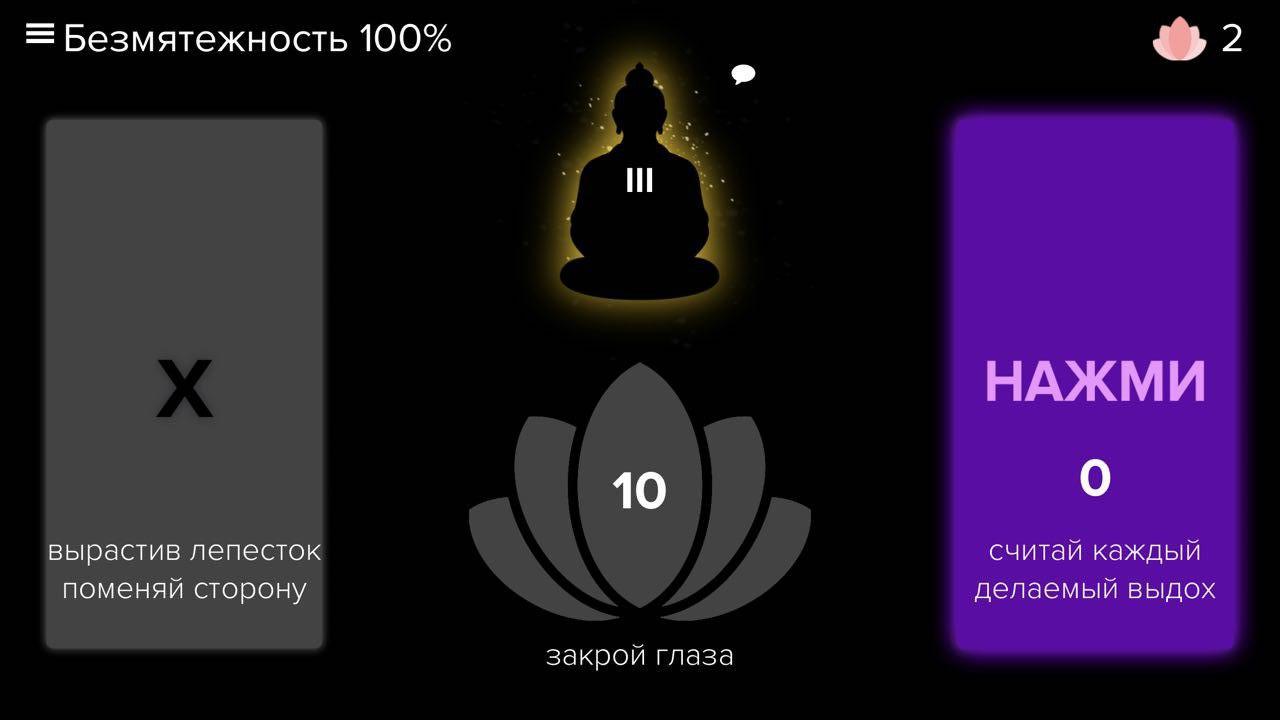
More clearly on video.
As soon as you start thinking about repairs in the hallway, you will surely forget to switch sides and the application will remind you of this.
Try to go through all 8 lessons for 5 minutes without ever straying. I could not, but I do not exclude that this is real.
After passing through the application, you can delete it, because it is also a “crutch”: after you learn the meaning, you can meditate anywhere and anytime.
I will be interested in your opinion about the application and meditation. I will be glad to answer your questions, write. My instagram @sveekey.


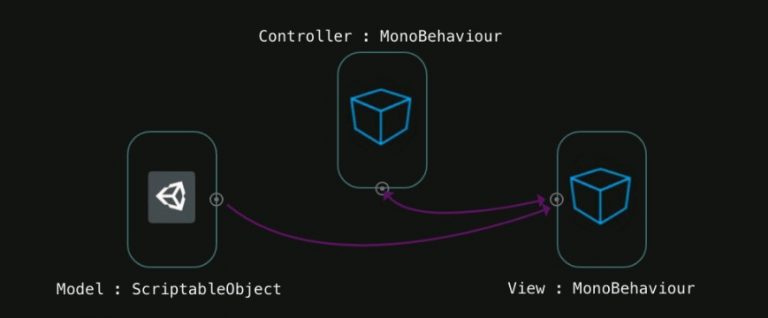
![[Личный опыт] “Silicon Valley of Europe”: what makes Berlin special in the IT world](https://prog.world/wp-content/uploads/2021/06/relefsodiwcbxfo9rjzimxvaaqi-768x512.png)
